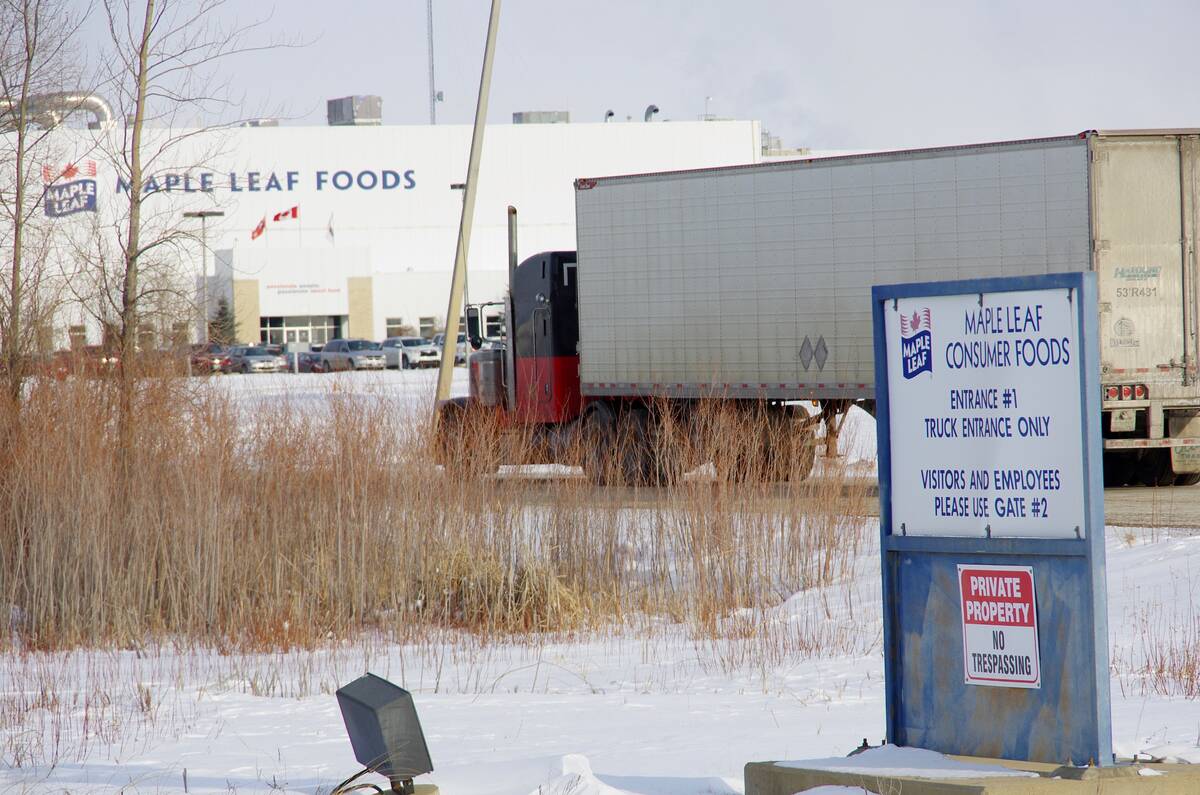Gail Hall considers herself a food activist who wants to buy nutritious, locally grown food.
A professional caterer and food consultant in Edmonton, Hall is part of the baby boomer population whose members realize they have lived more than half of their lives and are seeking healthy foods to increase longevity.
“We have more money to spend on food and the type of food we are going to want is going to be good food,” she said at an international livestock congress in Calgary Oct. 2.
Read Also

Manitoba pork exports gain new market ground
Manitoba’s pork trade pivoted from China over the last five years, while Japan is remains the largest customer and South Korea and Mexico market footholds have grown
Baby boomers, mainly urban and educated, are asking how animals are raised and what they are fed, especially since BSE was linked to feeding cattle protein that came from infected animals.
People want to know the source of food including country of origin. They are bombarded with new terms like organic, natural, grain fed, wild or farmed, but they don’t know what these mean. They are interested in saving the family farm and believe buying locally helps farmers.
“We are discerning customers,” she said.
Hall is probably the kind of consumer who visits the Overwaitea Food Group, a chain of 109 stores in British Columbia and Alberta that supports local brands including its Western Family Beef brand.
Meat manager Ken Clark said the stores used to offer Certified Angus Beef from the United States, but when BSE hit, the company started a partnership with the British Columbia Cattlemen’s Association and Alberta Beef Producers. It wanted ranch families to supply beef providing it met certain specifications and was processed at one federally inspected plant, Vantage Foods. It is delivered case-ready to stores. Consumer surveys done in the stores have said to keep the program.
Overwaitea surveys its shoppers, who say they want beef that is of consistently high quality, value priced, safe to eat and that provides variety and cooking convenience.
That attention to detail is demanded by international beef buyers as well.
Peter Barnard, a manager with Meat and Livestock Australia, said surveys among Asians showed they recognized beef is nutritious but they found it fatty, too chewy, difficult to cook and carrying the stain of BSE.
Australia is a small nation that produces two percent of the world’s beef but is one of the largest exporters. It has learned people want certain things.
Food safety is critical to the Japanese and South Koreans. Therefore Australia markets its beef in Asia with a logo playing up food safety saying, “Australian Beef, clean and safe.”
“We designed it before all the problems out there and it has resonated terribly well with Korean consumers,” Barnard said.
Australian consumers said they want a safe product, an enjoyable meal that is nutritious, convenient and offers value for money.
In the domestic market, people are paying 50 percent more for homegrown beef.
“We believe one reason for that is that beef quality has got a whole lot better,” he said.
Ted Schroeder, agriculture economist with the University of Kansas, said after nearly 20 years of struggle beef demand turned around in 1998. But the industry is not out of the woods.
Since 1996 there has been a 17 percent increase in global beef consumption.
However, pork has seen consumption increase by 46 percent and poultry rose 37 percent. Part of this is because of population increases and some rise in income. All this means beef lost market share to competing meat.
“Relative to the pork industry globally, we are not winning. Their growth has been more than double to the beef industry during that same period,” he said.
“Over the last 10 years beef has actually lost share as a total red meat industry,” he said.
The decline was linked to product failure. People want safety, tenderness, flavour and convenience at a competitive price.
“The industry failed to do it,” he said.
One way to guarantee quality and force producers to meet consistent high standards is to offer a branded product. People realize when somebody’s name is on the package, there is an accountability from producer to retailer.
In 2000, 3.5 million U.S. carcasses were certified for a number of different programs and in 2006, six million carcasses were certified for programs like Certified Angus Beef, Laura’s Lean Beef and Sterling Silver.















